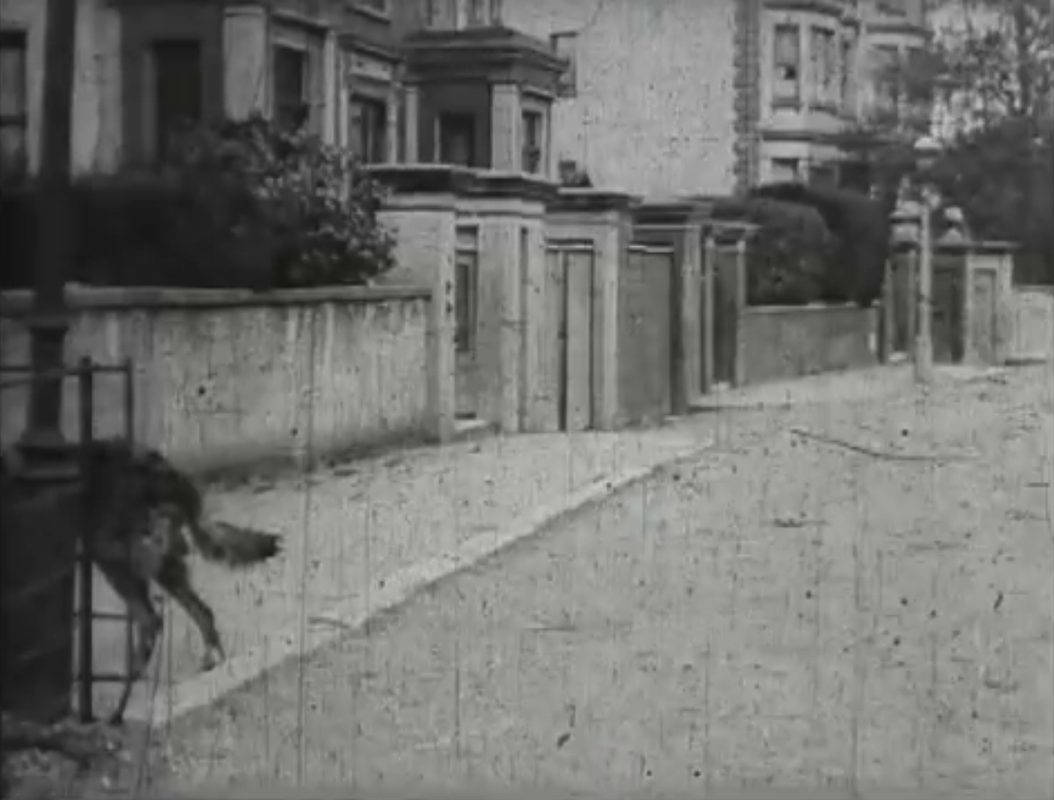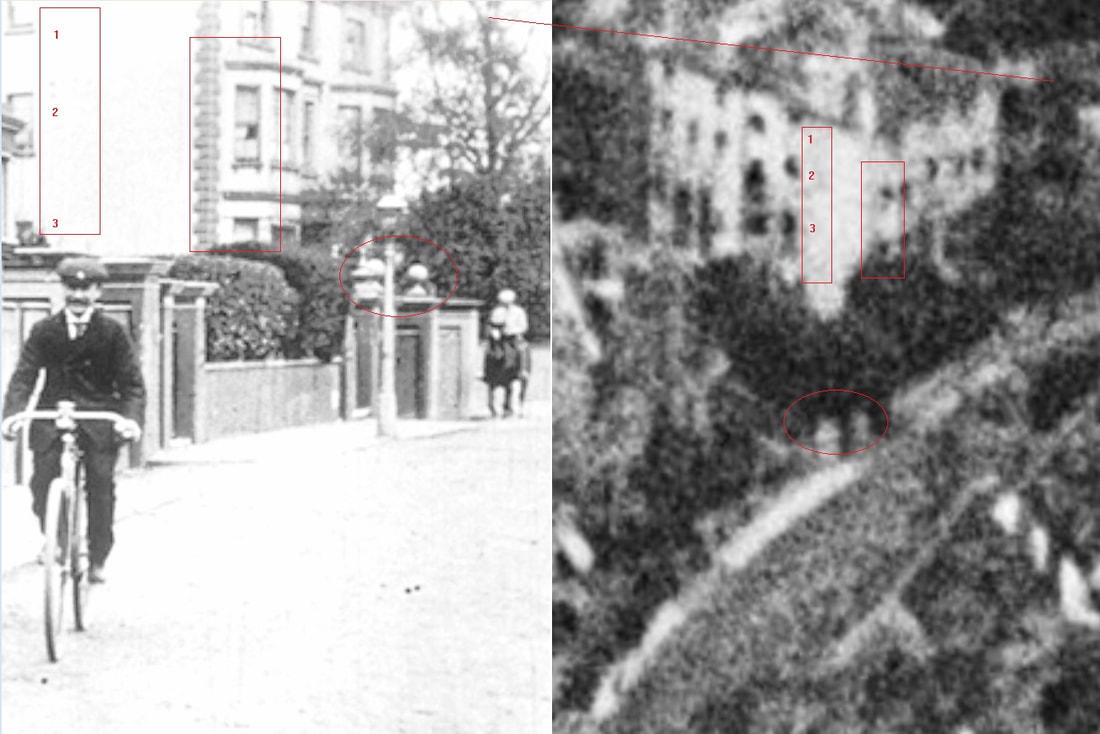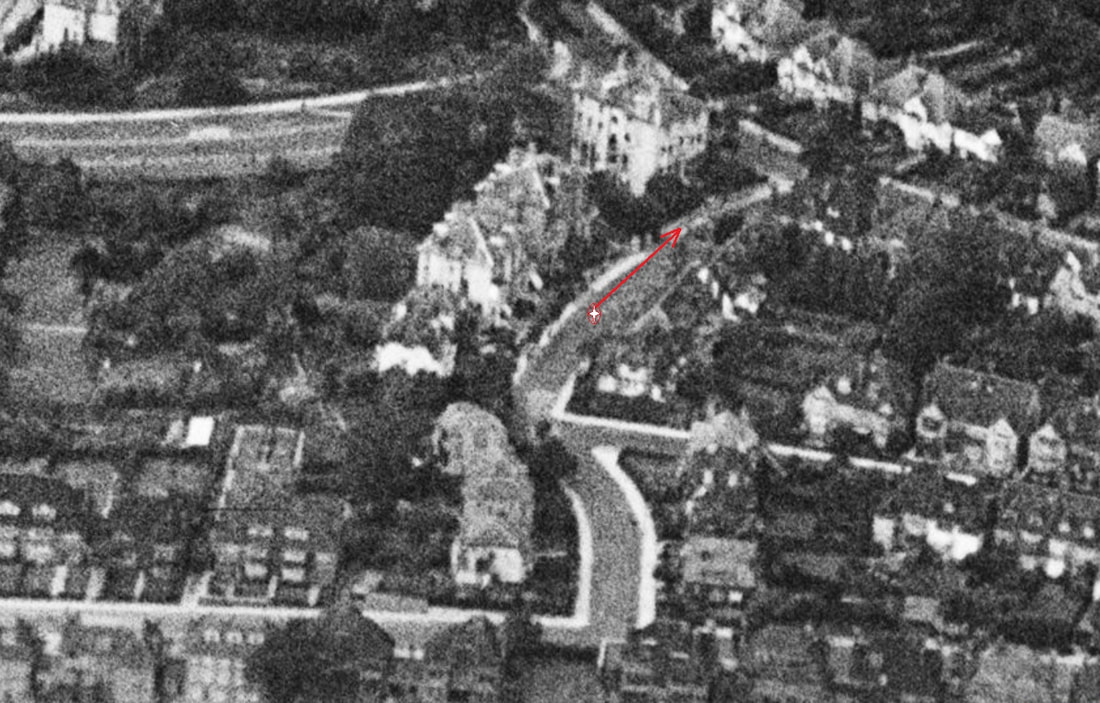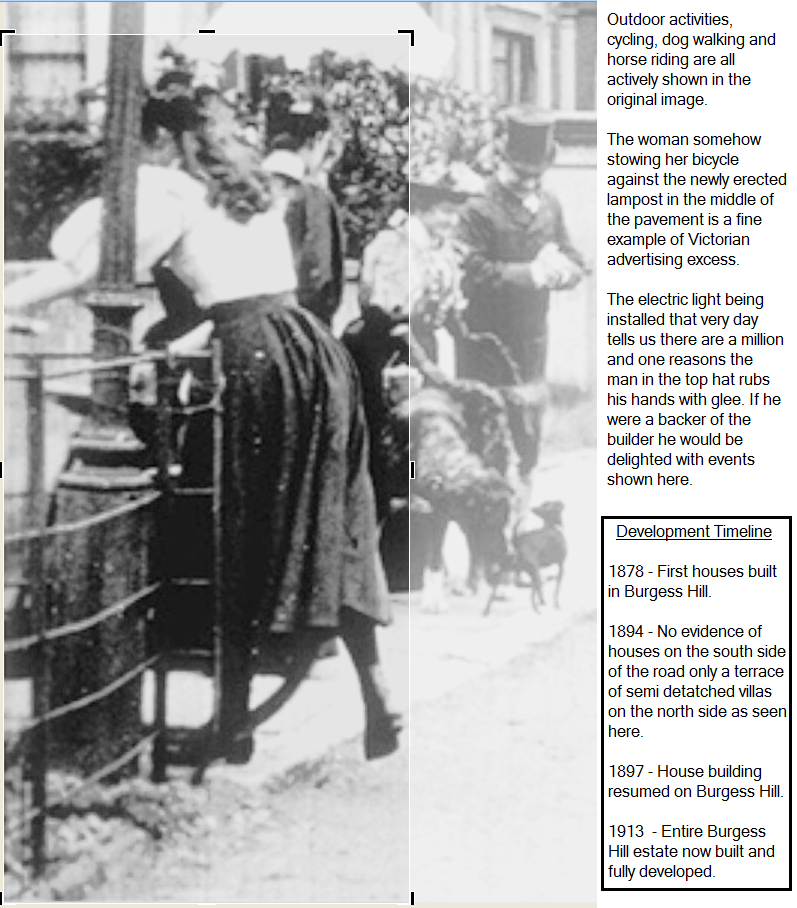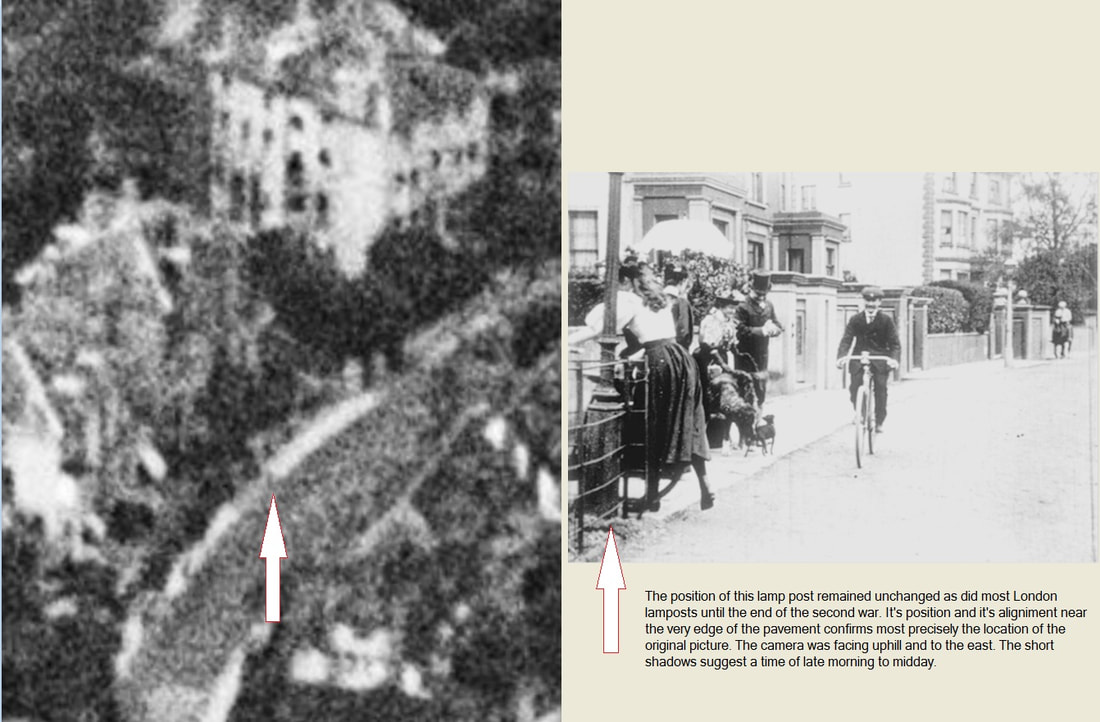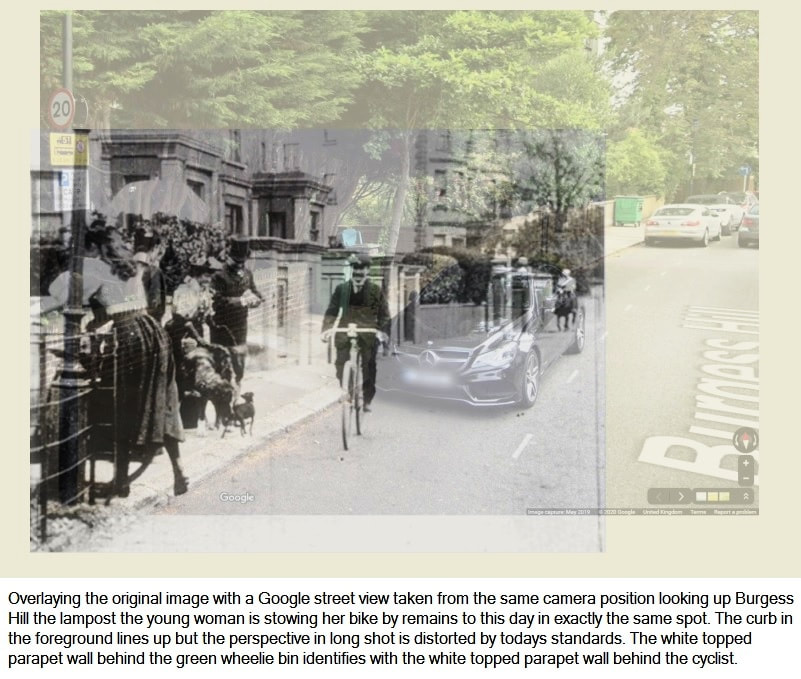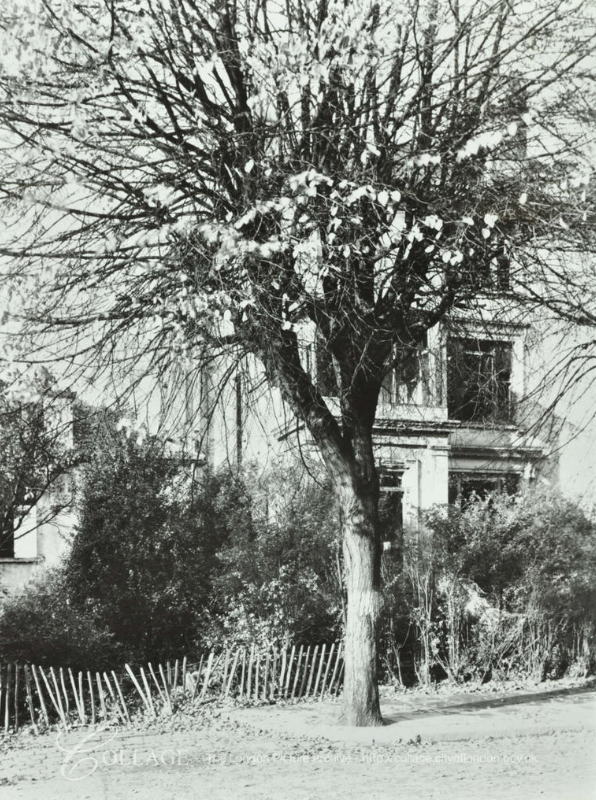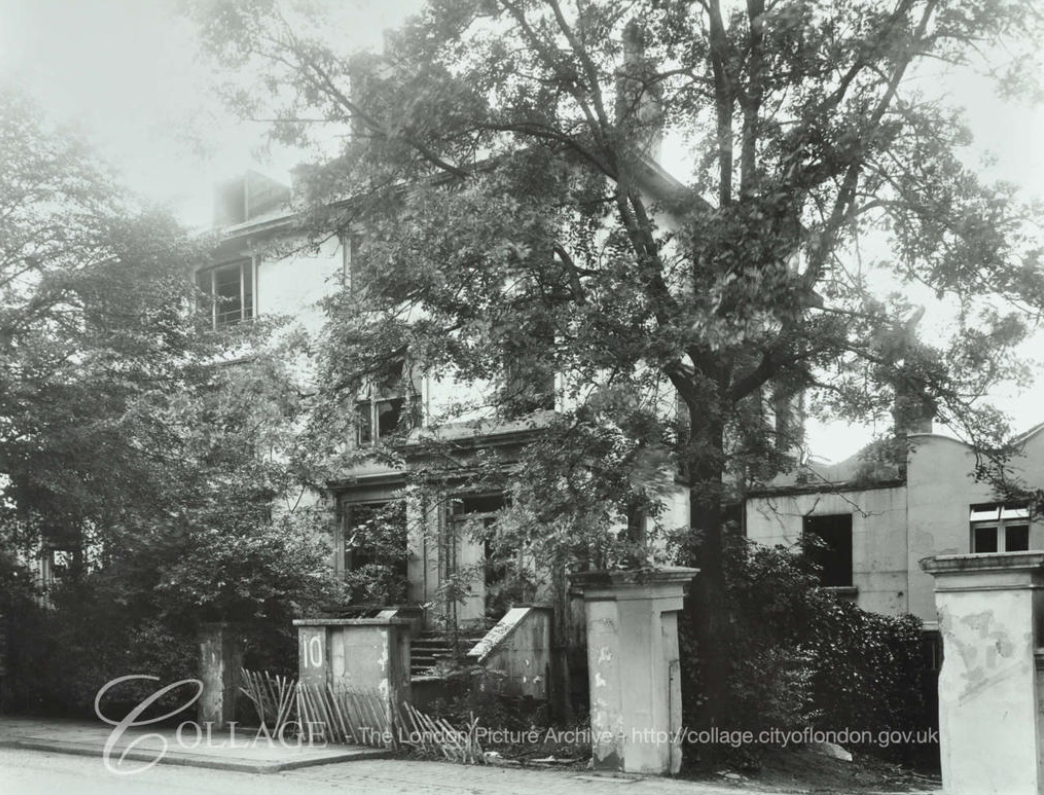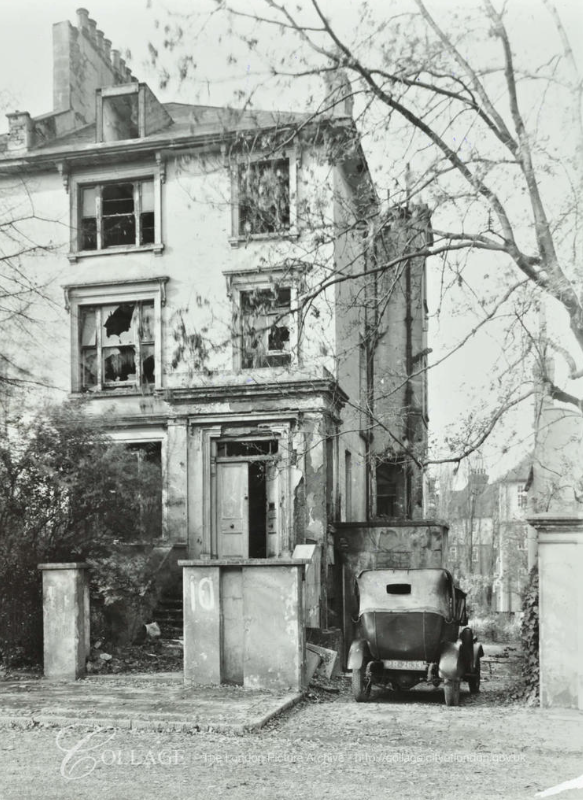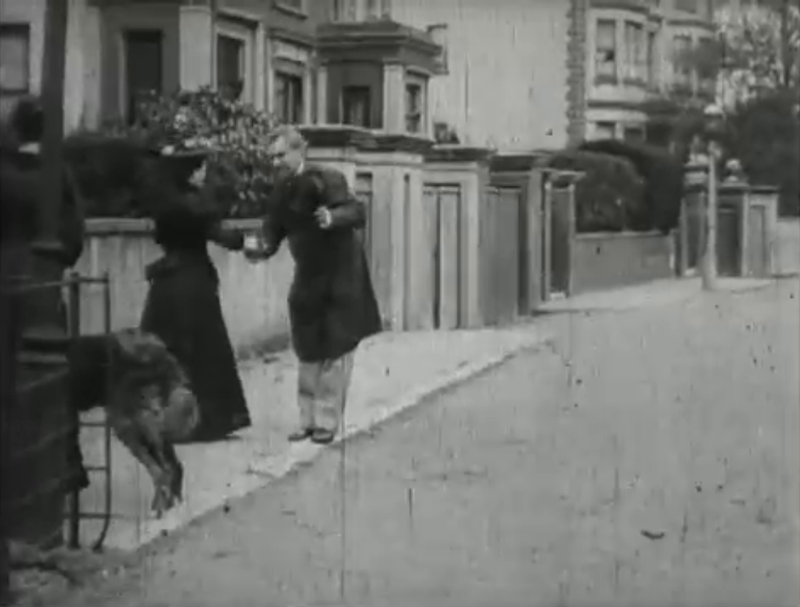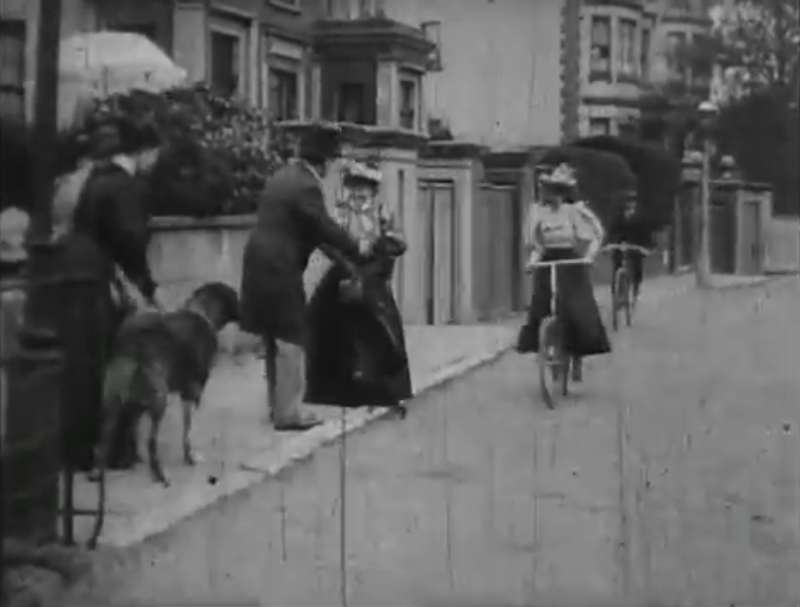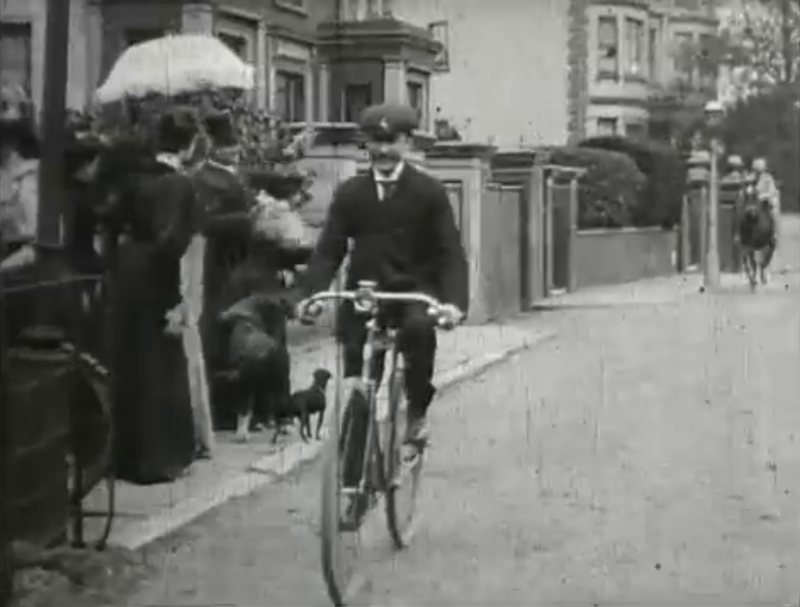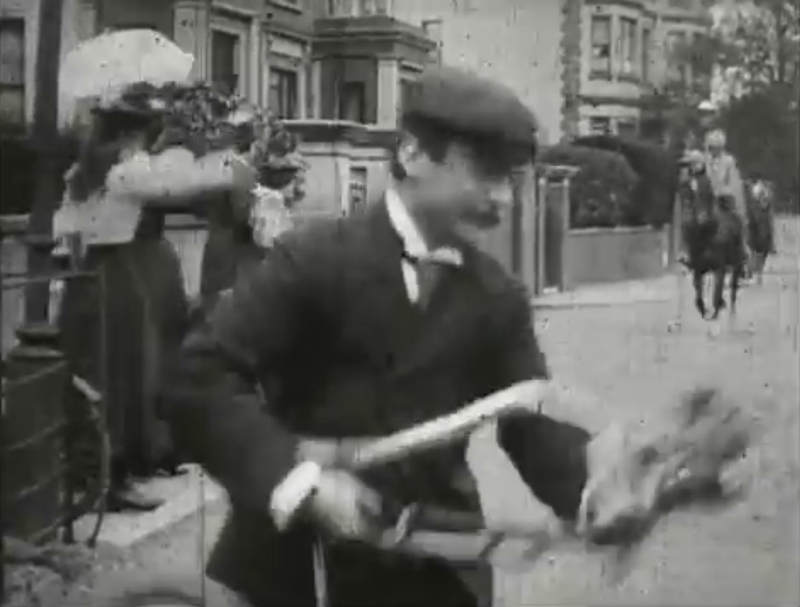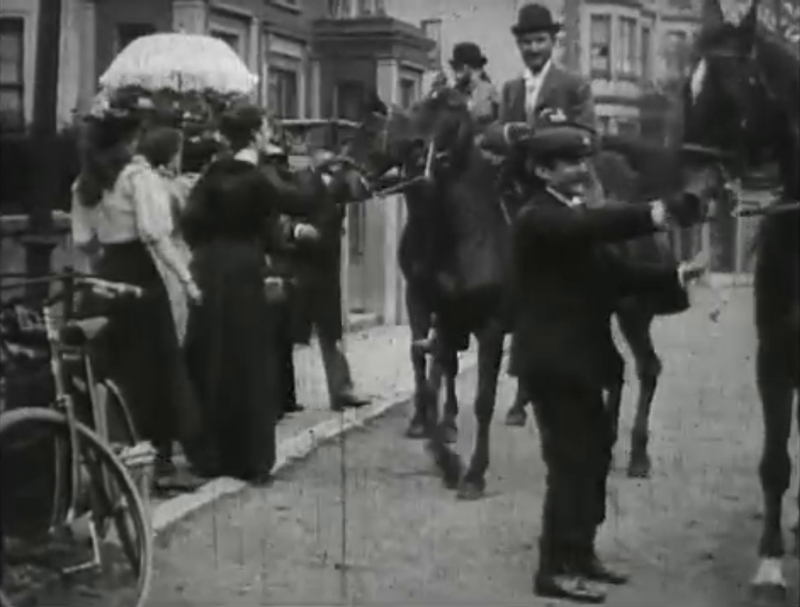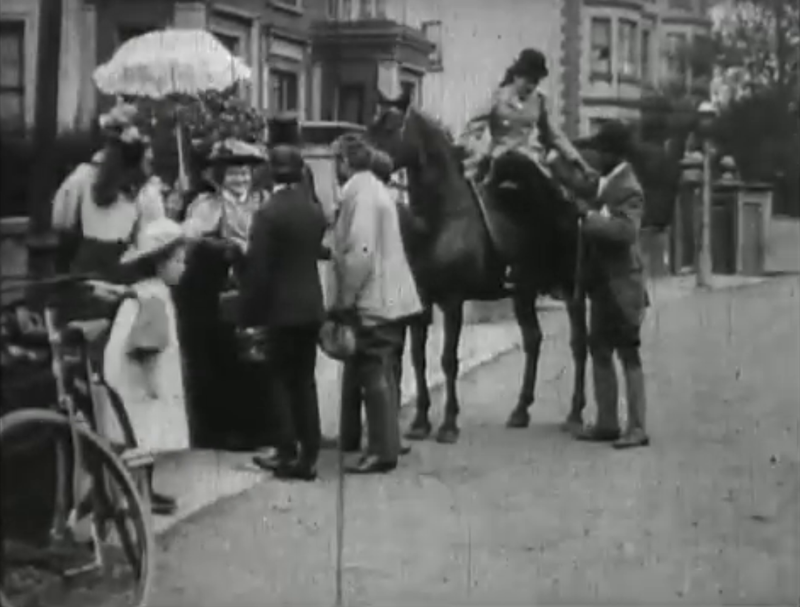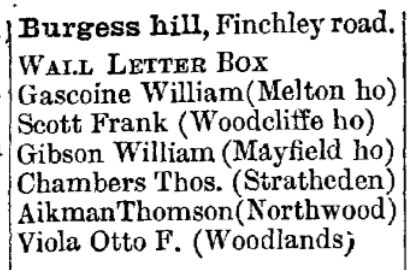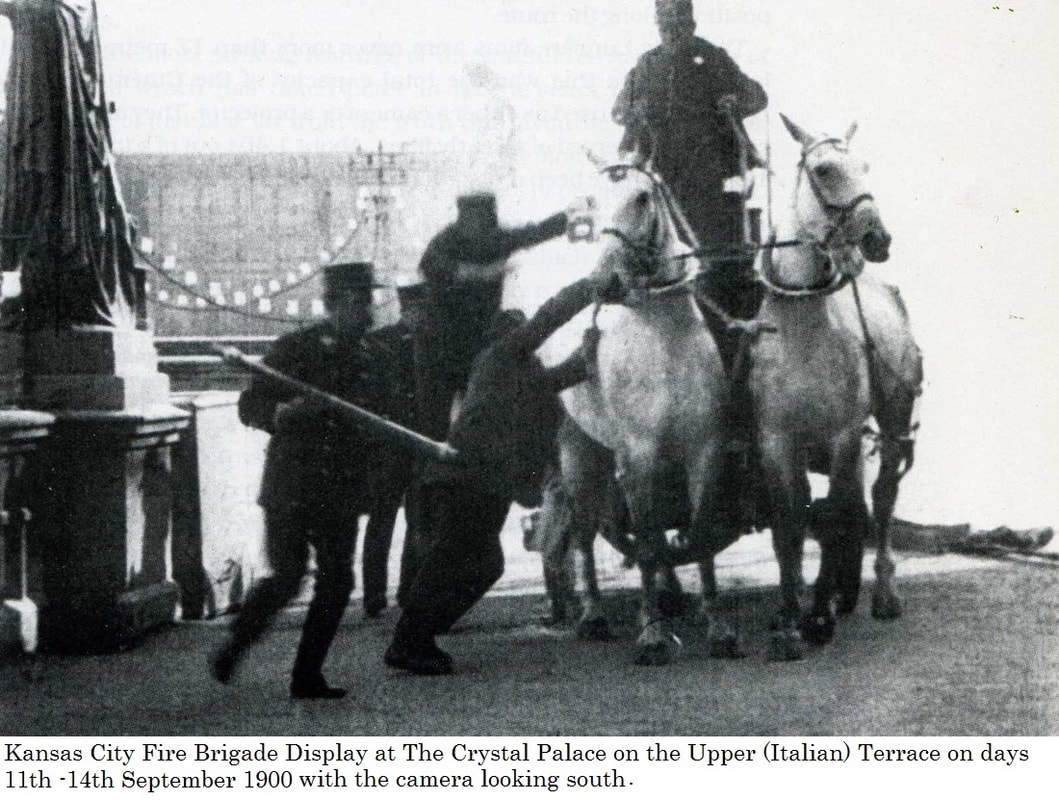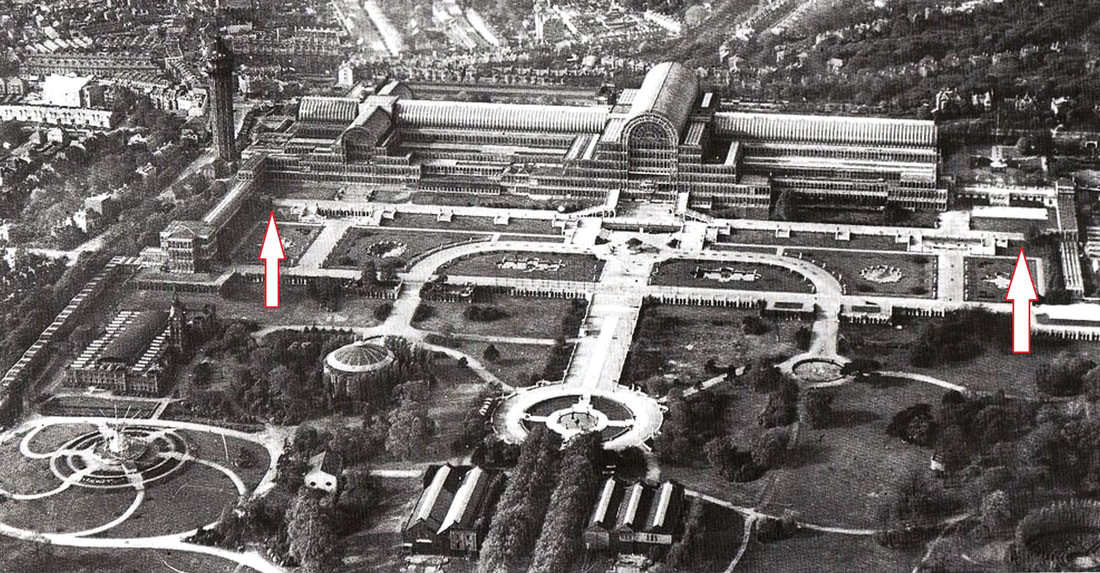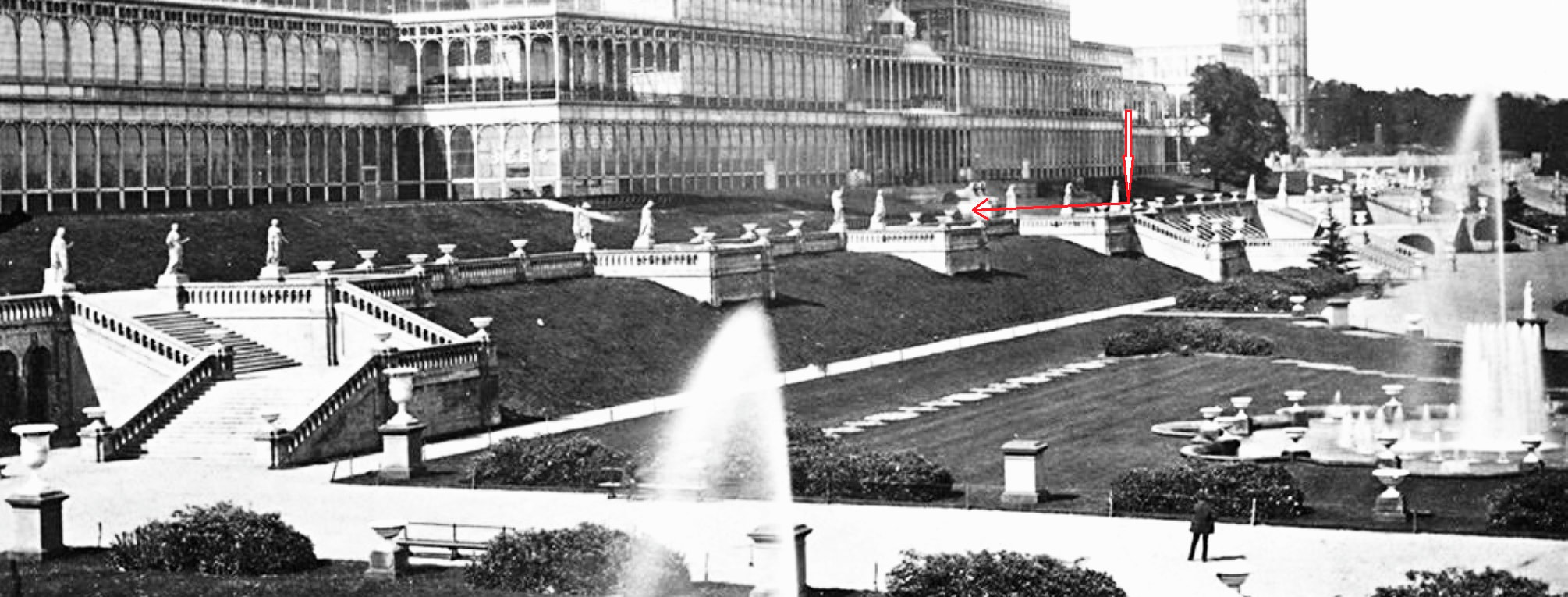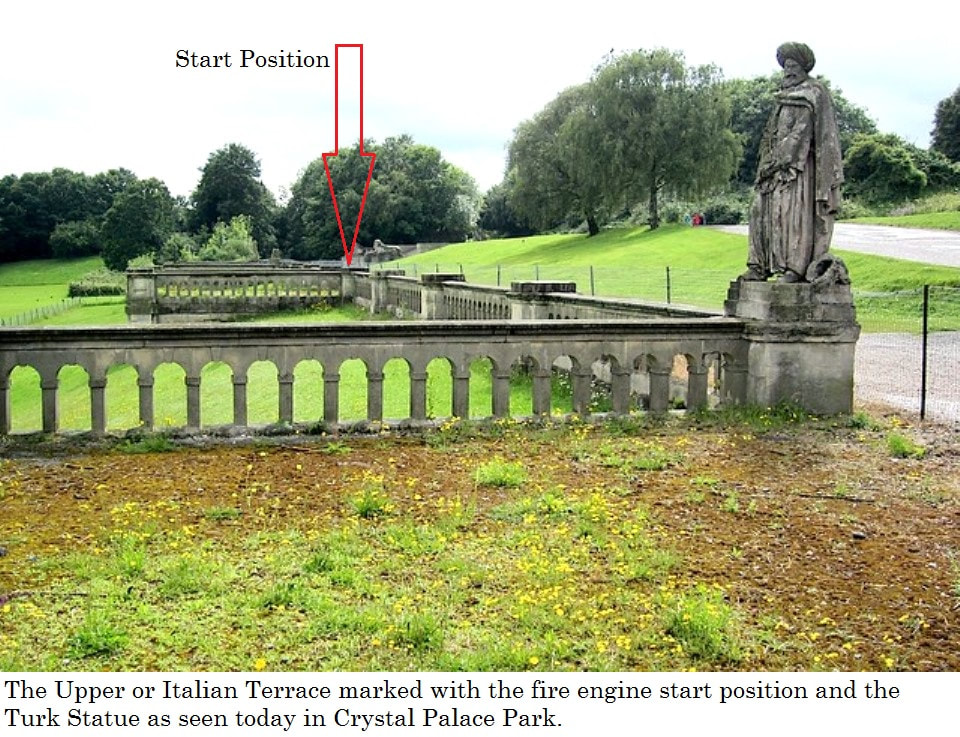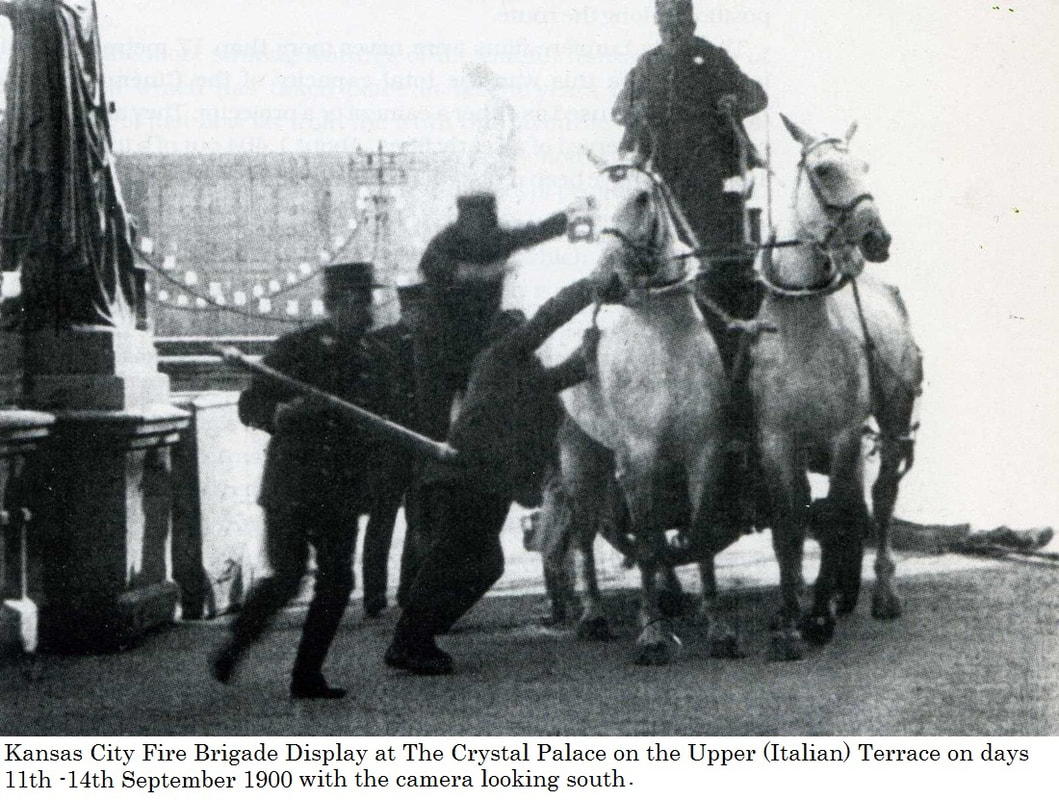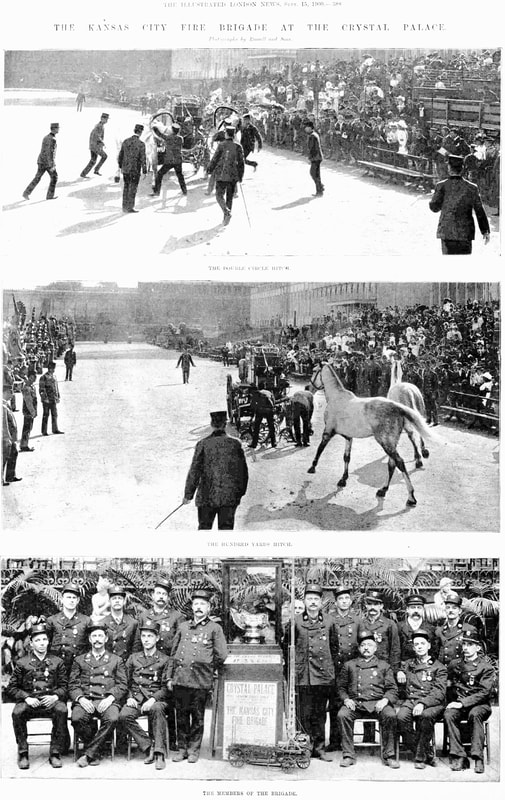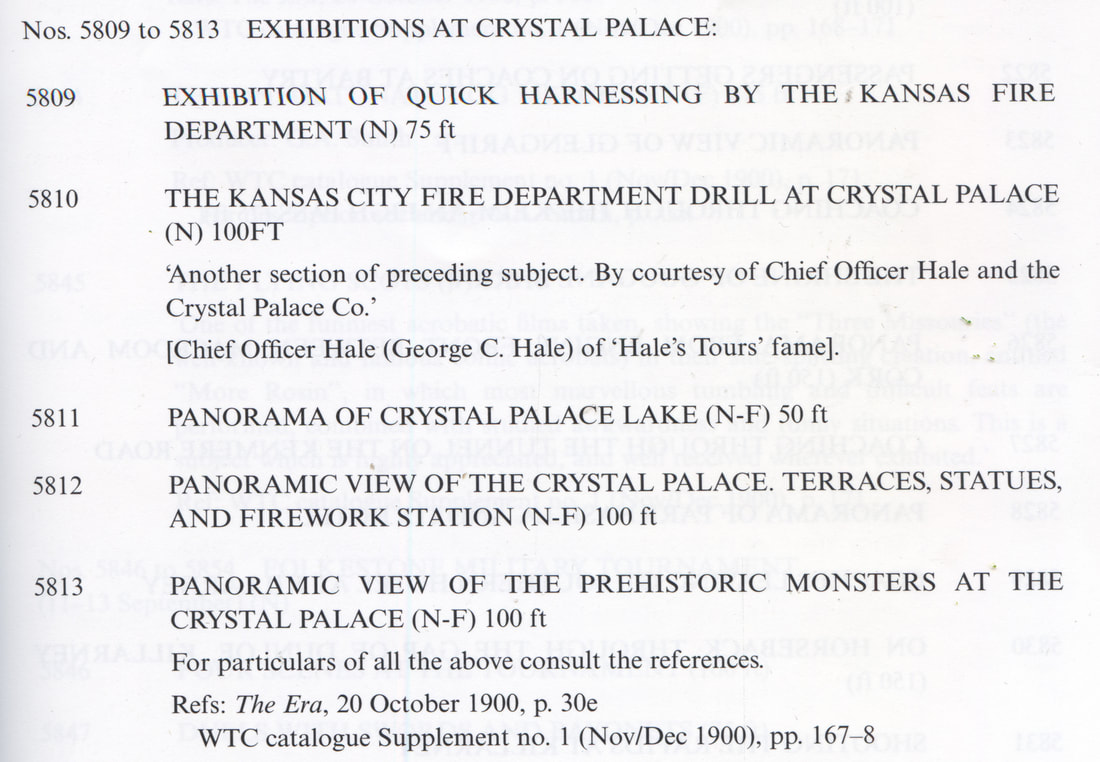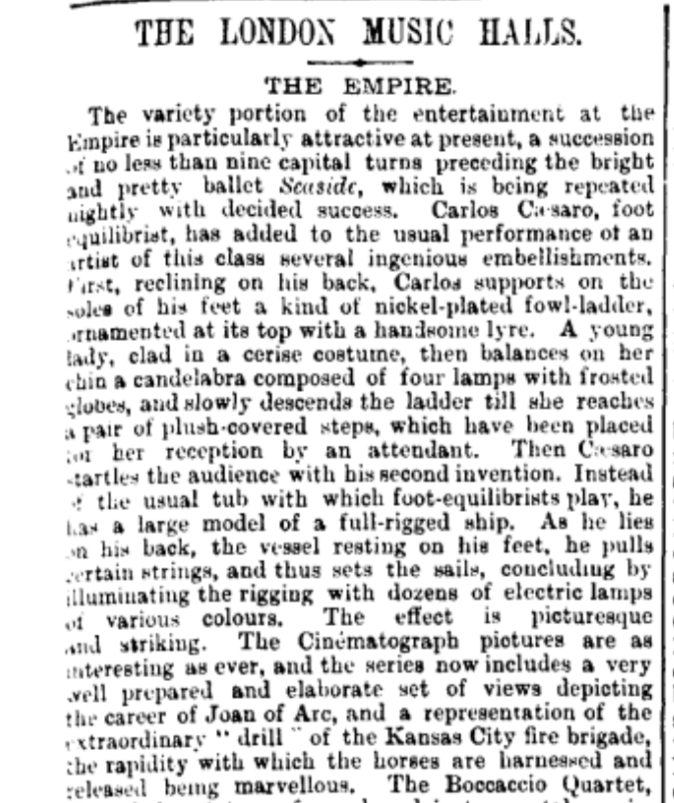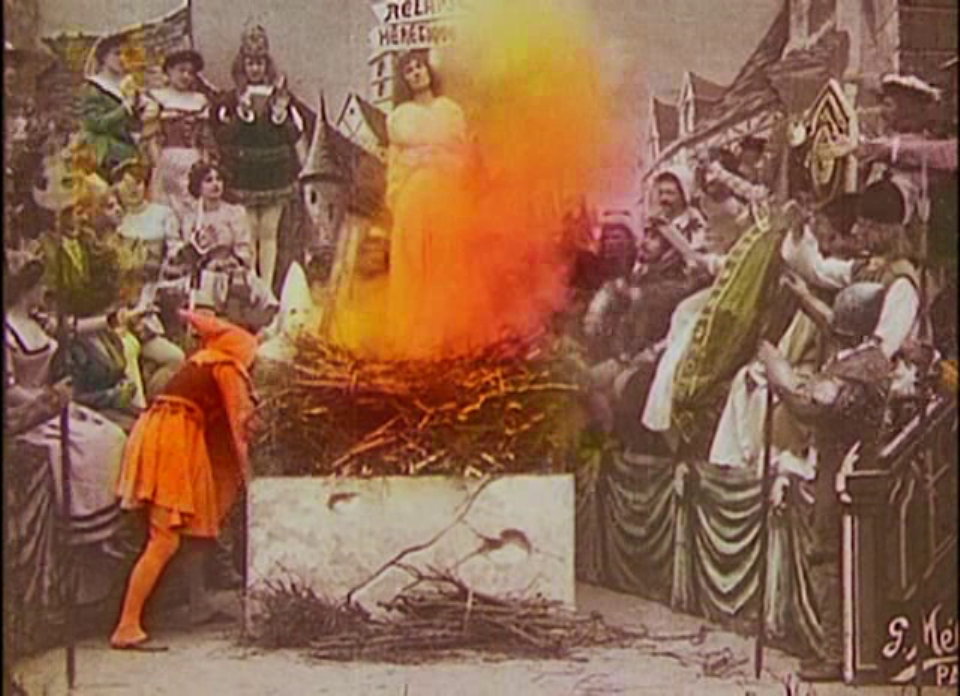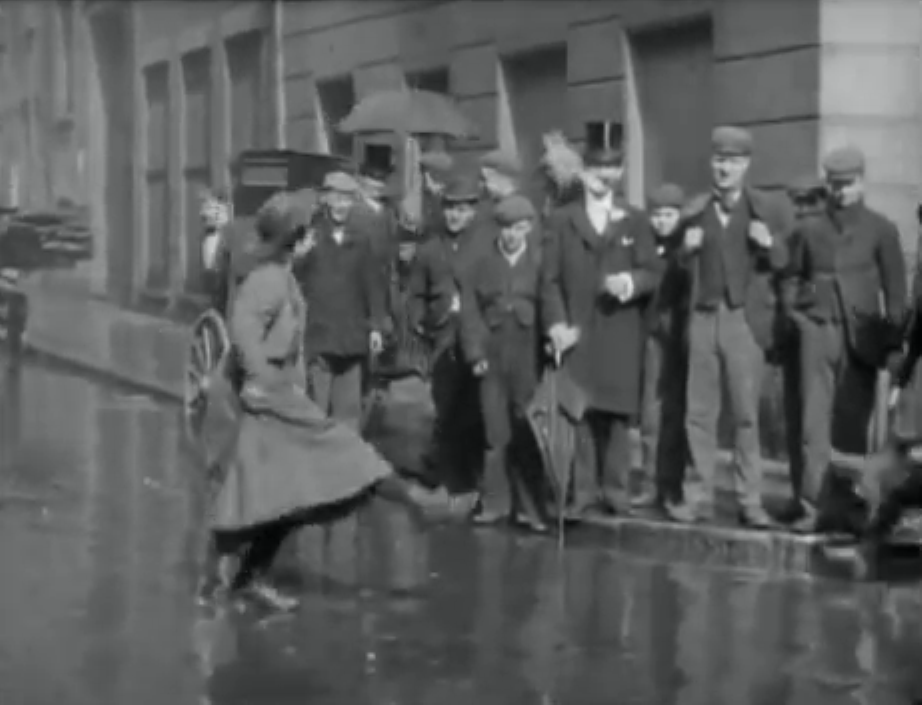Lumière London, bis
1/ friends at Hampstead
Through amazingly diligent research into minutiae, my correspondent David Kastoryano, to whom I am deeply grateful, has found the answers to two questions that were troubling me when I first posted about Lumière London four years ago.
The more troubling question was the location of Lumière film 247, called in French Cyclistes et cavaliers arrivant au cottage and in English variously called Lady Cyclists and Cavaliers (Family Affair), Lady Cyclists and Cavaliers arriving at a Cottage, Lady Cyclists and Horsemen, Arrival of Cyclists and Cavaliers and Meeting of Friends at Hampstead:
The more troubling question was the location of Lumière film 247, called in French Cyclistes et cavaliers arrivant au cottage and in English variously called Lady Cyclists and Cavaliers (Family Affair), Lady Cyclists and Cavaliers arriving at a Cottage, Lady Cyclists and Horsemen, Arrival of Cyclists and Cavaliers and Meeting of Friends at Hampstead:
|
One of the catalogues describes this as 'another interesting scene in Hampstead, London', and it was by following these clues that David was able to identify the street as Burgess Hill, by the Finchley Road. The images and observations David sent me are self-explanatory and testify to the wonderfully meticulous detective work that led to this identification: |
To this plethora of evidence we can add some photographs of 10 and 12 Burgess Hill from the London Picture Archive, taken in 1951, just before the buildings' demolition:
It remains to be established why the film was made here, and who was being filmed. The Lumière friend and representative Félicien Trewey is unmistakable, and I have guessed that the woman with him is his wife Jeanne, aka Miss Ixa. Counting the Treweys, then, there are in total thirteen people in the film. It begins with Trewey crossing the street to shake hands with a group of three youngish women who have a large dog with them and, we see eventually, a small female child. Two cyclists appear up the street, and at the same time Mme Trewey (I think) and her small dog cross the street to join M. Trewey and the three women. The cyclists arrive, first a woman then a man, followed by three 'cavaliers', first two men and a woman. Two men emerge from behind the camera to help with the horses.
|
My guess is that this gathering of friends was organised around someone who lived in this street, but I have found no connection to the Lumière enterprise among the residents listed for Burgess Hill in 1896. William Gascoine was a butcher; Frank Scott was a manufacturing engineer; Thomson Aikman may have been a chemist; Otto Viola was a ladies tailor and theatrical costumier. |
They would not have been visiting Thomas Chambers, because by January 25th 1896 he had died, as had his daughter Jane (as reported in the London Standard of 28.01.1896). I haven't yet traced the profession of Wiliam Gibson.
The film was shot by Charles Moisson on a day between mid-March and early May 1896.
The film was shot by Charles Moisson on a day between mid-March and early May 1896.
2/ firemen at Crystal Palace
The other problem solved by David Kastoryano relates to this image, illustrating John Barnes's essay 'Filming Scenes in the United Kingdom for the Cinématographe Lumière' and captioned 'The London Fire Brigade at Southwark/Londres - Alerte de Pompiers, 1896':
I was troubled because this didn't look much like Southwark and those didn't look much like firemen. David found that the location was Crystal Palace and found out exactly what these oddly garbed men were doing there. Again, the images and observations he sent me are self-explanatory:
David Kastoryano found the film from which came the image used by John Barnes at the Huntley Film Archives. There the location is correctly identified but no filmmaker is credited. My source at the Archives françaises du film informed me that Barnes's attribution was probably wrong and that this was not likely to be a Lumière film.
It would of course be interesting to know who did make this film. Happily, John Barnes provides the answer. In Volume 5 of The Beginnings of the Cinema in England, 1894-1901, p.237, his Appendix listing 'British Films of 1900' includes this entry in the section on the Warwick Trading Company:
It would of course be interesting to know who did make this film. Happily, John Barnes provides the answer. In Volume 5 of The Beginnings of the Cinema in England, 1894-1901, p.237, his Appendix listing 'British Films of 1900' includes this entry in the section on the Warwick Trading Company:
From the reference in The Era we learn that, ironically, the Warwick Trading Company's film of the Kansas City Fire Department Drill at Crystal Palace was playing at the Empire Theatre, four years earlier the home of the Lumière Cinématographe:
I can't help but think that the film-programmer at the Empire was being humourous in showing the arrival of the Kansas City Fire Brigade immediately after the career of Joan of Arc had reached its conflagrant climax:
3/ dancers on Drury Lane?
I remain frustrated not knowing the location of view number 249, Street Dancing - Danseuses de rues à Londres. There is a mention somewhere in the Lumière archive that this is Drury Lane, but I have found no matches with that street as it is now, nor with old photographs.
See here for a post on London street dancing c.1896 and the remarkable Lydia Davis.
See here for a post on London street dancing c.1896 and the remarkable Lydia Davis.
Once again, my deep thanks to David Kastoryano for his research into the locations of the Lumière Hampstead film and the non-Lumière Crystal Palace film.
